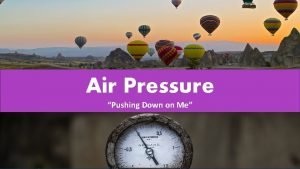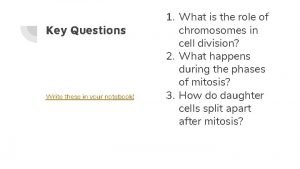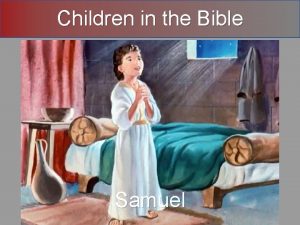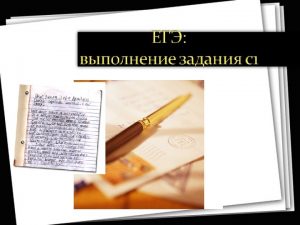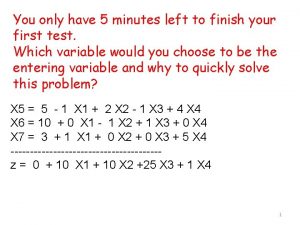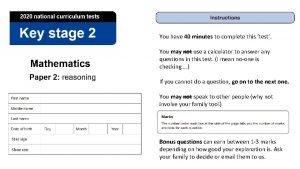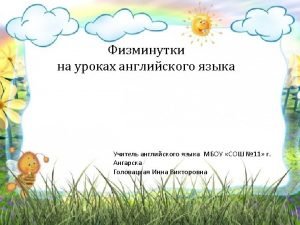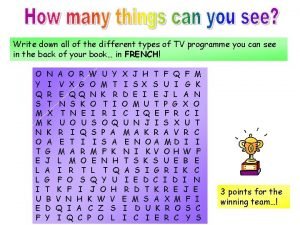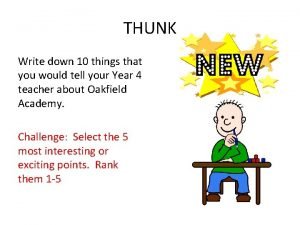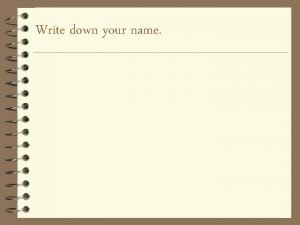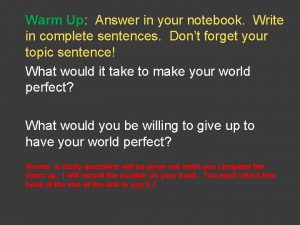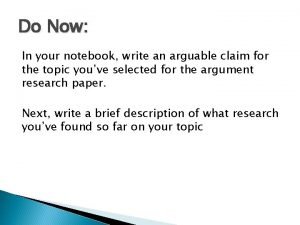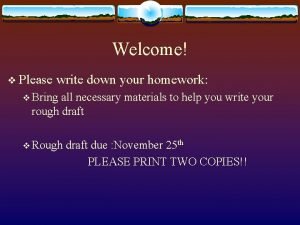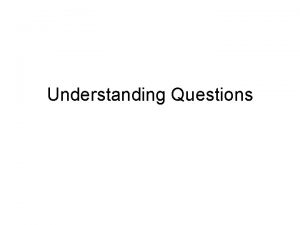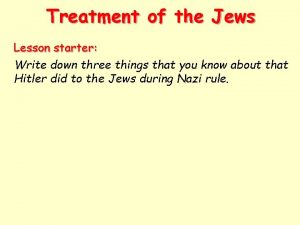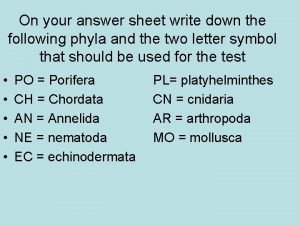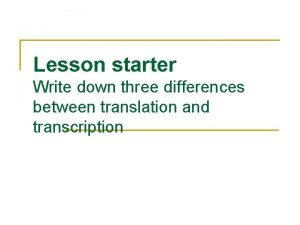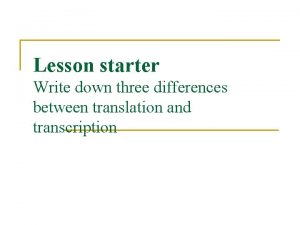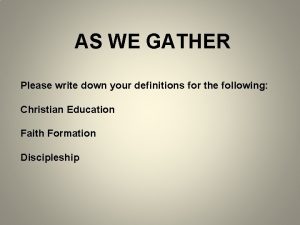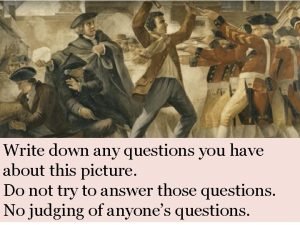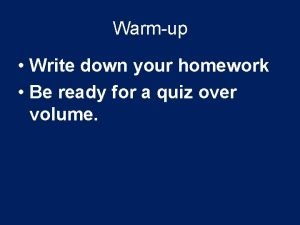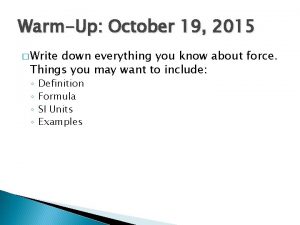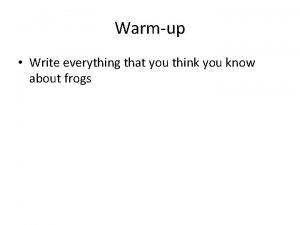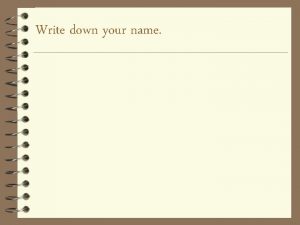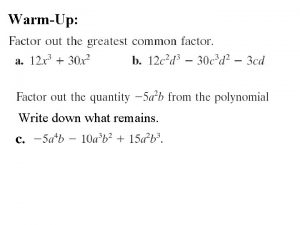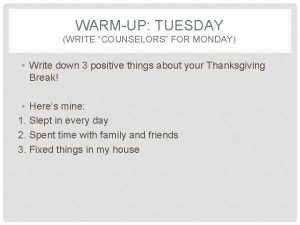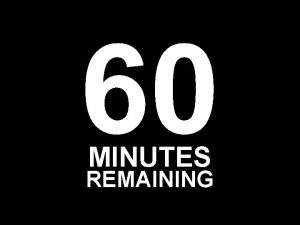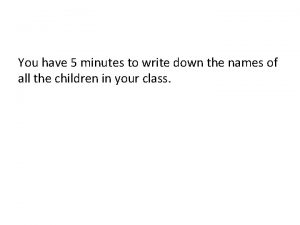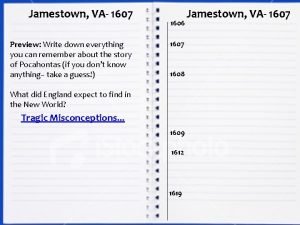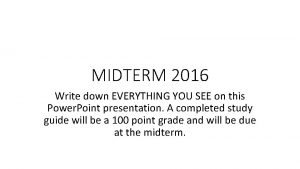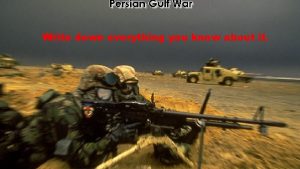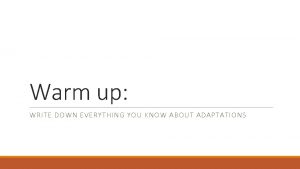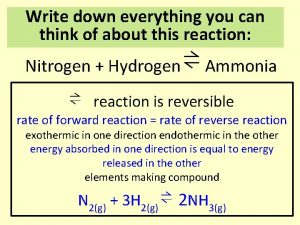WarmUp 5 minutes 1 Write down EVERYTHING you



























































- Slides: 59

Warm-Up (5 minutes) 1. Write down EVERYTHING you know about weather. 2. Write down EVERYTHING you would like to know about weather.

Air Mass Immense body of air that is characterized by similar temperatures and amounts of moisture at any given altitude. These cause weather.

Air Mass Classified on temperature AND humidity. Temperature: POLAR = cold TROPICAL = warm Humidity: Maritime = ocean Continental = land

How do you write AIR MASSES? Always put humidity first! (lowercase) then temperature (UPPERCASE) Ex. Maritime Polar = m. P Continental Polar = c_____ Maritime Tropical = _____ T Continental Tropical = ____

How do you write AIR MASSES? Always put humidity first! (lowercase) then temperature (UPPERCASE) Ex. Maritime Polar = m. P Continental Polar = c. P Maritime Tropical = m. T Continental Tropical = c. T

Classify each of the circles with what type of air mass you would find in each one. B. D. C. E. F.

Classify each of the circles with what type of air mass you would find in each one.

What happens when air masses move? What happens when you put ice in hot water? To the ice To the water What happens when air masses move? To the air mass To the new environment

As it moves, the characteristics of the air mass change and so does the weather in the area What type of air mass is cold and dry? Continental Polar

Weather Fronts The boundary between 2 air masses with DIFFERENT characteristics The DENSITY of each air mass determines its behavior Will more dense objects rise or fall?

Weather Fronts The boundary between 2 air masses with DIFFERENT characteristics The DENSITY of each air mass determines its behavior Will more dense objects rise or fall? FALL

Weather Fronts The boundary between 2 air masses with DIFFERENT characteristics The DENSITY of each air mass determines its behavior What 2 things determine density of air?

Weather Fronts The boundary between 2 air masses with DIFFERENT characteristics The DENSITY of each air mass determines its behavior What 2 things determine density of air? TEMPERATURE & HUMIDITY (water vapor)

What do you notice about the two halves of the sky?

Cold Fronts Quickly moving cold air mass runs into a slowly moving warm air mass -Cold denser than warm so cold sinks under warm and pushes warm upwards -Warm air cools, causing clouds to form CAUSE: abrupt changes in weather Severe thunderstorms, strong winds followed by cool, fair weather



Cold Front

Warm Fronts Slowly moving warm air mass collides with a cold air mass and rises over CAUSES: clouds, and light rain *because warm fronts move slower than cold fronts, may have rainy or foggy weather for several days


Warm Front

Stationary Front Cold & warm air masses meet, neither strong enough to overtake the other -They stay in place for an extended period of time CAUSES: many days of rain, snow, fog, or clouds



Stationary Front

Occluded Front Warm air mass is caught between 2 cooler air masses -Dense, cool air moves under the warm air and pushes it upwards (warm air is “occluded” or “cut off”) -Cooler air masses mix in the middle CAUSES: cool ground temp, strong winds, and heavy precipitation


Occluded Front

What type of front is over Charlotte?

What type of front is over Wyoming?

Quick Check… Answer in your notes! 1. Which 2 types of fronts result in several days of clouds or rain? 2. Compare and contrast occluded & stationary fronts. Provide at least 1 similarity and 1 difference AS WELL AS the symbols for each.

Weather Tracking Unit-long Activity


Weather Station Data On the blank piece of computer paper… Just like this one, you will label where each part is found YOU WILL TAKE NOTES ON THIS BLANK PAPER FOR TODAY

Weather Station Data TEMPERATURE Temperature measured in degrees F

Weather Station Data PRECIPITATION READ: Precipitation Types section Copy symbols into notes

Weather Station Data DEW POINT = Temperature needed for water vapor to condense DEW POINT

Weather Station Data CLOUD COVER = Percentage of sky covered in clouds *Similar to a pie chart READ CLOUD COVER SYMBOLS Copy symbols into notes CLOUD COVER

Weather Station Data READ: AIR PRESSURE Copy examples into your notes PRESSURE

Air Pressure continued If >500: Place a 9 in front and add a decimal point one place in If <500: Place a 10 in front and add a decimal point one place in

Air Pressure Example 1: Air pressure given: 010 < or >500? add 9 or 10? Move decimal one place in

Air Pressure Example 1: Air pressure given: 010 Step 1. < or >500? <500 Step 2. Add 9 or 10? add 10 to the front: 10010 Step 3. Move decimal one place in 1001. 0 mb

Air Pressure Example 2: Air pressure given: 710 < or >500? add 9 or 10? Move decimal one place in

Air Pressure Example 1: Air pressure given: 710 Step 1. < or >500? >500 Step 2. Add 9 or 10? add 9 to the front: 9710 Step 3. Move decimal one place in 971. 0 mb

Weather Station Data READ PAST PRESSURE Write down examples in notes PRESSURE CHANGE

Pressure Change: If there is a + in front… Pressure has increased in the past 3 hours Step 1. Place a decimal between the 2 digits Step 2. SUBTRACT the # from the current air pressure **THIS GIVES YOU THE PRESSURE 3 hrs AGO

Pressure Change Example 1: If there is a + in front… Pressure has increased in the past 3 hours Ex: +12 Step 1. Place a decimal between the 2 digits 1. 2 Step 2. SUBTRACT the # from the current air pressure ORIGINAL PRESSURE - 1. 2 = _______ **THIS GIVES YOU THE PRESSURE 3 hrs AGO

Pressure Change: If there is a - in front… Pressure has decreased in the past 3 hours Step 1. Place a decimal between the 2 digits Step 2. ADD the # from the current air pressure **THIS GIVES YOU THE PRESSURE 3 hrs AGO

Pressure Change Example 1: If there is a - in front… Pressure has decreased in the past 3 hours Ex: -12 Step 1. Place a decimal between the 2 digits 1. 2 Step 2. SUBTRACT the # from the current air pressure ORIGINAL PRESSURE + 1. 2 = _______ **THIS GIVES YOU THE PRESSURE 3 hrs AGO

Weather Station Data READ: WIND IN notes: write down what the flags mean WIND SPEED

Wind Speed What is the wind speed at this station?

Wind Speed What is the wind speed at this station? 20 knots (2 full feathers = 10+10)

Weather Station Data WIND DIRECTION

Practice: STATION 1 LABEL WHAT EACH NUMBER IS TELLING YOU

Practice: STATION 1 Air Pressure Temperature Precip. Dew Point % Cloud Clover Change in Air Pressure Inches of Precip. Wind Speed & Direction

Practice: STATION 1 Fill out the chart for STATION 1 only!

18 65 999. 8 Fog Overcast South 25 1002. 8

Homework Complete the rest of the stations in PART 1 & PART 2

Exit Ticket: Complete using image Determine the… 1. Temperature 2. Type of Precipitation 3. Air Pressure 4. Air pressure 3 hrs ago 5. Wind Direction AND speed
 60 seconds a minute
60 seconds a minute In three minutes write three things you did yesterday
In three minutes write three things you did yesterday You are my lord
You are my lord Warmup ratio
Warmup ratio Warmup 65
Warmup 65 Gmass warmup
Gmass warmup Stratified warmup
Stratified warmup Surface area warm up
Surface area warm up Mind rhyming words
Mind rhyming words Properties of exponents
Properties of exponents Java warmup
Java warmup Define:warmup
Define:warmup Pathos story
Pathos story Tinman warmup
Tinman warmup Warmup 65
Warmup 65 Warmup end
Warmup end Pushing down on me pushing down on you
Pushing down on me pushing down on you How does church help the community
How does church help the community In your notebook write down or draw the one you would
In your notebook write down or draw the one you would In your notebook write down or draw the one you would
In your notebook write down or draw the one you would How to write a 5 paragraph essay in 30 minutes
How to write a 5 paragraph essay in 30 minutes Don't let anyone look down on you because you are young
Don't let anyone look down on you because you are young Lord i lift everything to you
Lord i lift everything to you Everything around you is made up of
Everything around you is made up of How to put god first in everything you do
How to put god first in everything you do Everything you need to know about the odyssey
Everything you need to know about the odyssey Everything that lives and moves will be food for you
Everything that lives and moves will be food for you Steven johnson everything bad is good for you
Steven johnson everything bad is good for you Everything around you is made up of
Everything around you is made up of What language
What language You have 30 minutes to do this task
You have 30 minutes to do this task You have 20 minutes to do this task
You have 20 minutes to do this task You have 20 minutes to do this task
You have 20 minutes to do this task Only 10 minutes left
Only 10 minutes left You will have 40 minutes to complete the test.
You will have 40 minutes to complete the test. Can you hear it the sound of heaven touching earth
Can you hear it the sound of heaven touching earth Hand on hip
Hand on hip There's a place where mercy reigns and never dies
There's a place where mercy reigns and never dies I fled him
I fled him Write down the different
Write down the different Write down 10
Write down 10 Write down six words from juliet's speech
Write down six words from juliet's speech Hamlets moms name
Hamlets moms name Which of these are limiting factors
Which of these are limiting factors Assertive conflict resolution
Assertive conflict resolution In your notebook write
In your notebook write In your notebook write questions with how much or how many
In your notebook write questions with how much or how many Write down your homework
Write down your homework Write down the expression
Write down the expression Write down the lesson
Write down the lesson The cask of amontillado literary analysis answers
The cask of amontillado literary analysis answers Homework check
Homework check Answer the following in your answer sheet
Answer the following in your answer sheet Write down the lesson
Write down the lesson Write down the lesson
Write down the lesson Please write down your name
Please write down your name Type your answer here.
Type your answer here. Write down questions
Write down questions How to write down coordinates
How to write down coordinates Write down your homework
Write down your homework
















